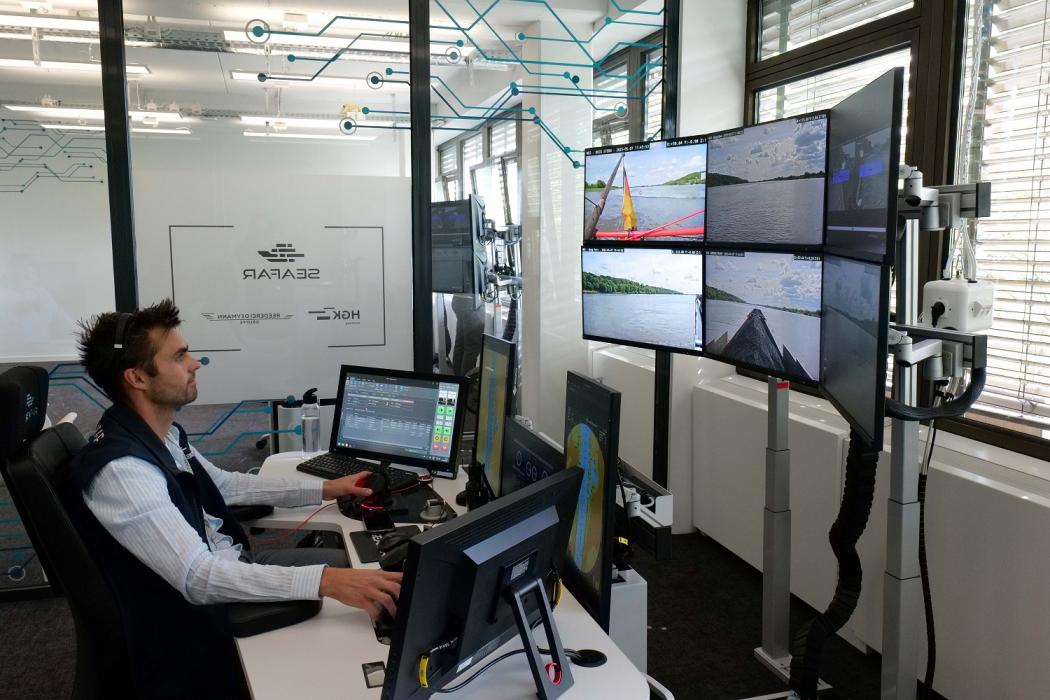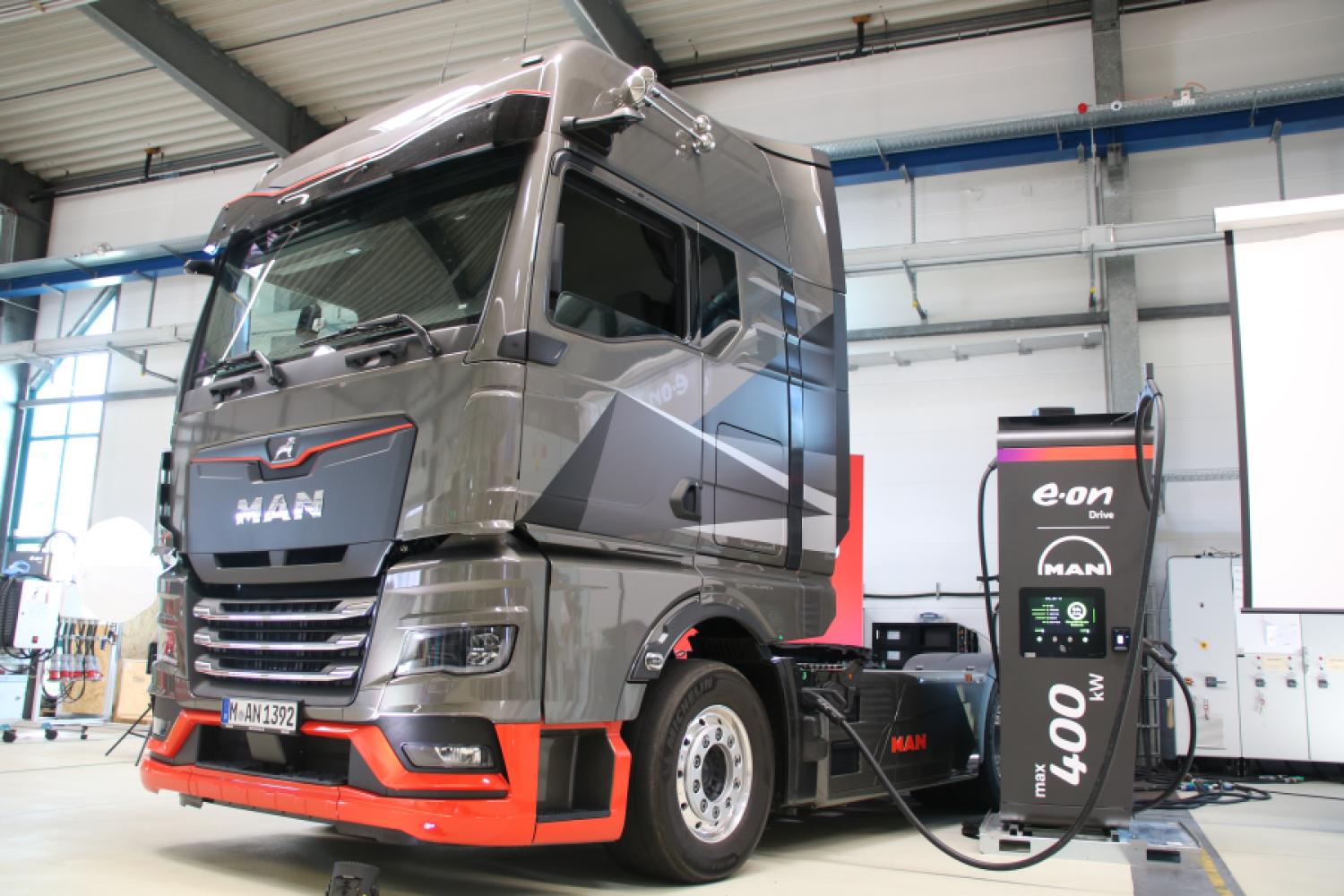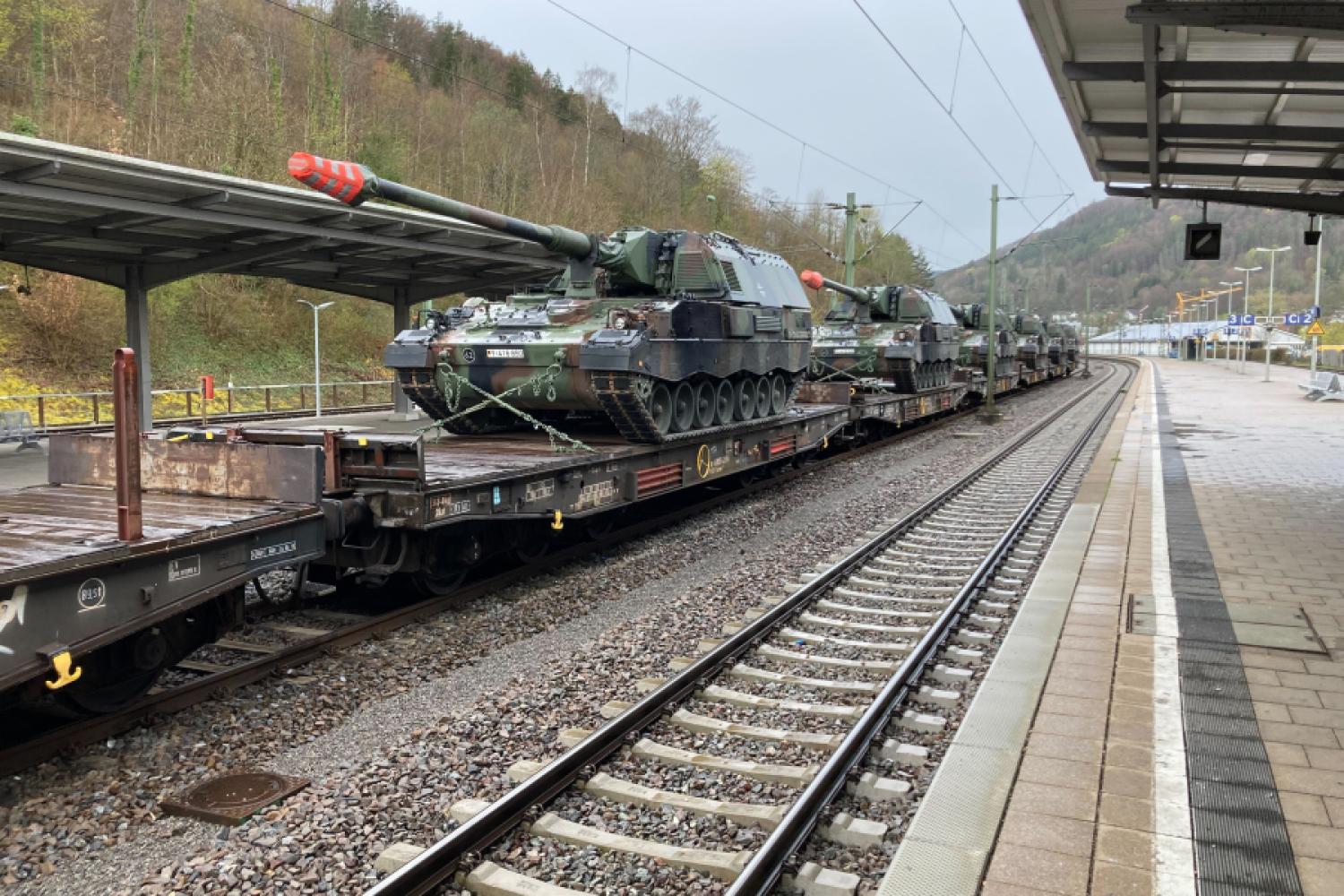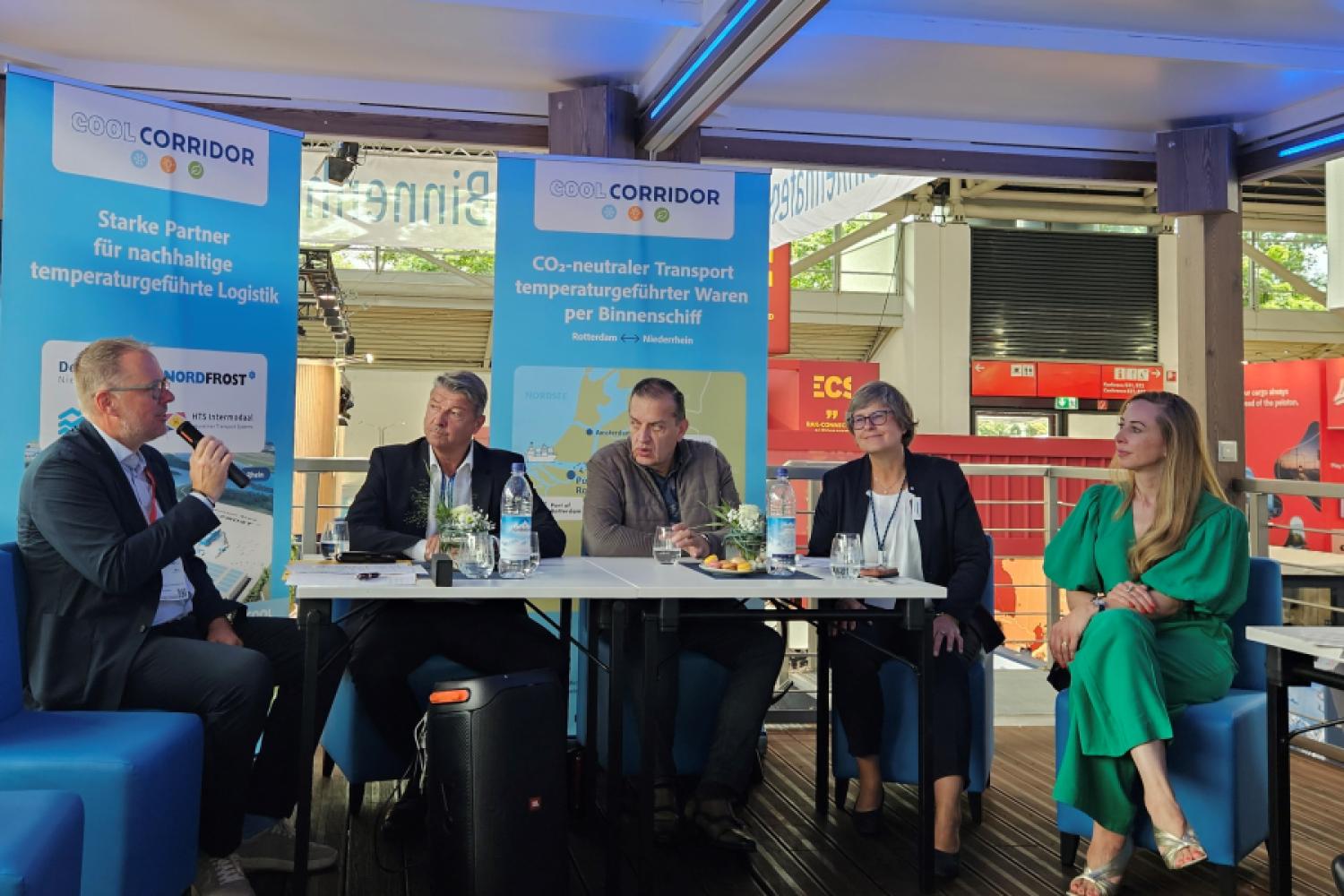The General Directorate of Waterways and Shipping (GDWS) has granted HGK Shipping the first approval in Germany for the test operation of remotely controlled inland vessels in the canal network. According to the company, the permit is valid for an initially limited phase of six months. During this time, a coupled convoy between Scharnebeck and Salzgitter may be controlled remotely—a first on German waterways.
The coupled convoy, consisting of the units "Niedersachsen 2" and "Hannover," already successfully completed a test run on a section of the route at the beginning of May. Federal Transport Minister Dr. Patrick Schnieder personally handed over the approval for the test operation to HGK CEO Steffen Bauer at an industry event. GDWS leader Eric Oehlmann accompanied the event.
Pilot Project with Signal Effect
In his speech, the Federal Transport Minister emphasized the importance of inland navigation as a relieving mode of transportation and pointed to the increasing shortage of skilled workers in the industry.
“Inland navigation is facing enormous challenges. Particularly the worsening
shortage of skilled workers in the near future must not become a brake for this hidden champion of transport modes," said Schnieder.
Pilot projects like the remotely controlled coupled convoy could become a "game changer" here. Approval procedures have been created, now the technology must be taken from the lab to the water and implemented.
Eric Oehlmann also underscored the technological progress:
“Innovative approaches show what is possible when technology and sustainability interact.”
The GDWS has examined the legal requirements with a special focus on safety and sees the project as an example of future-oriented administration. The approval is proof that innovation in inland shipping can also be driven forward at an administrative level with speed.
HGK Tests SEAFAR Technology in the German Canal Network
The current test section between Scharnebeck and Salzgitter is monitored and controlled from the Remote Operations Center in Duisburg. A full crew is still on board, capable of intervening in emergencies. However, in the long term, HGK aims for operation with reduced crew.
The goal is to deploy personnel more flexibly and provide shipmasters more time ashore.
The technology used comes from the Belgian technology partner Seafar. HGK had already gained initial experience with the system, albeit in a pilot project with Belgian approval on the Rhine. Now, the technology is being tested for the first time in the German canal network under national permission.
“Together with our technology partner Seafar, which operates a so-called Remote Operations Center in Duisburg, we are also focusing on increased digitalization of inland shipping through the modernization of our fleet,” explains HGK CEO Steffen Bauer.
The attractiveness of the profession could be significantly increased by such projects. The hope is to quickly transition to the next stage after the trial phase.
Next Step: Operation with Reduced Crew
The phase that is now beginning serves as a basis for further approvals. If successful, remote operation could be carried out with reduced crew in the future. This would not only address the shortage of qualified personnel—but also
make the profession itself more attractive and modern. Experiences from Belgium and the Netherlands show that the technology is practical and offers added value for shipping companies and employees alike.
With around 350 units, HGK Shipping is reportedly the largest inland shipping company in Europe. The fleet transports liquid chemical products, liquefied gases, dry goods, and general cargo. The group has been pursuing a digital strategy for years, in which automation, telematics, and alternative control concepts are central components.
Overview
The approval for remote-controlled ship operation in the German canal network marks a new chapter in inland shipping. For freight transport companies that rely on intermodal solutions or their own inland waterway transport, the project by HGK is a technological signal—and at the same time a testing ground for the question of how the looming staff shortage can be compensated through digital control. The key will be how the systems prove themselves in ongoing operations and whether regulatory hurdles can be overcome on the way to regular operation.






